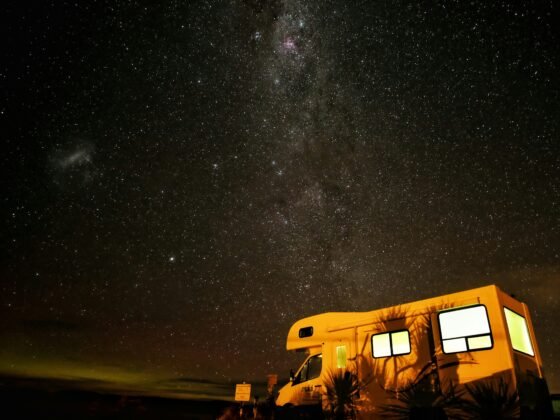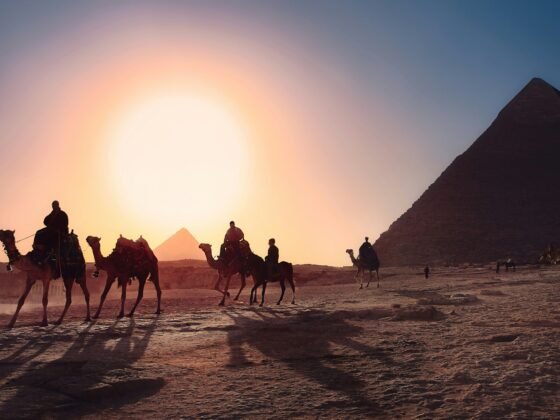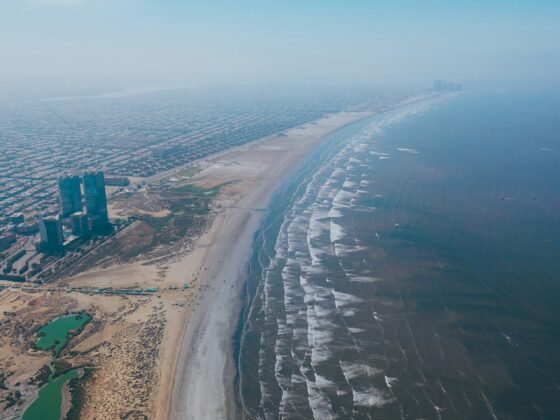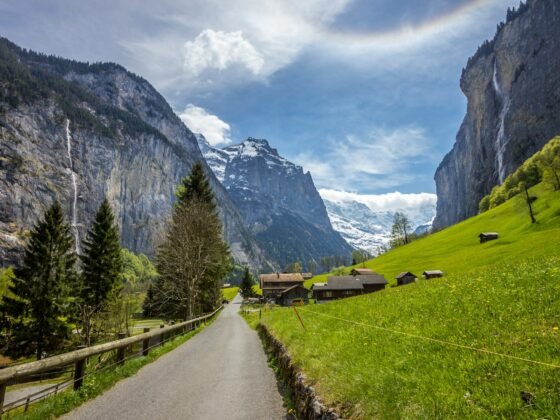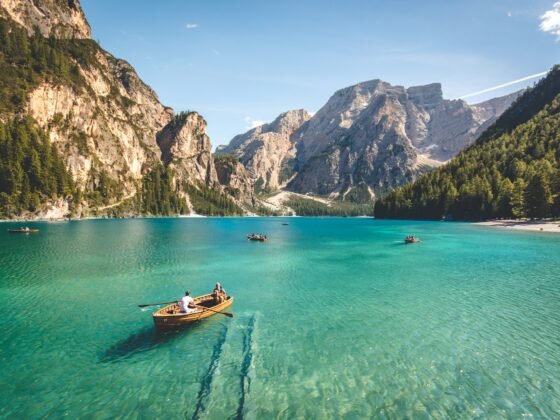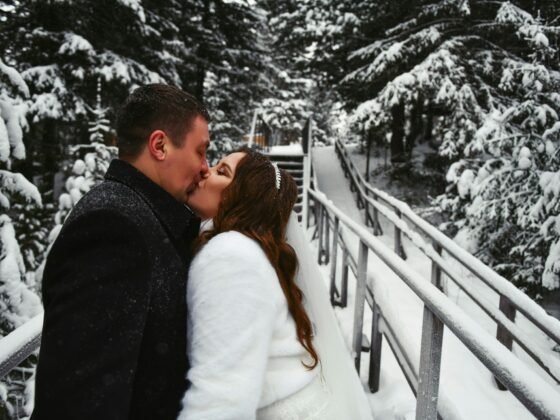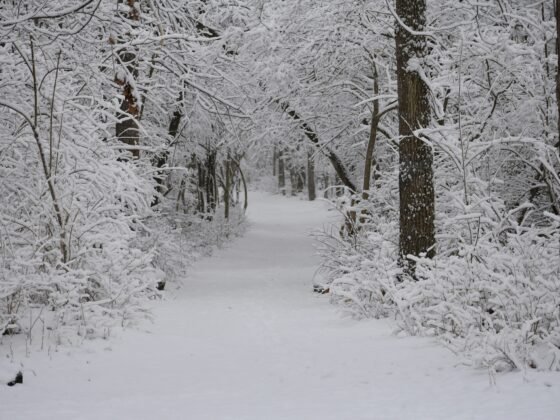Iran Holidays – Tours & Adventure Travel Guide
PureTravel Says
“The Islamic republic of Iran was known for centuries as Persia. Iran is situated in the Middle East bordering Armenia, Azerbaijan and Turkmenistan to the north; Afghanistan and Pakistan to the East; the Persian Gulf and Gulf of Oman to the south and Turkey and Iraq to the west. The capital city is Tehran, which is also the political, cultural, commercial and industrial center. Iran has a population of over 70 million people. The currency is the Iranian Rial. The supreme leader of the country is now the chief Ayatollah, since the Islamic Revolution in 1978 removed the Shah from power. Below the Ayatollah, are the President and the Council of Ministers.”
-----------------------------------------------------------
Iran Holidays Overview
Iran is a mountainous country with many high mountain ranges. The highest point is Mount Damavand at 5,610m (18,405 feet). It also has dense jungles in the north of the country, and some desert basins. There are coastal plains around the Persian Gulf and the Sea of Oman. It has a very varied climate due to the range of altitudes and terrains. In the west the severe winters produce heavy snowfall and continuous temperatures of below freezing. Summer temperatures in the eastern and central basins can exceed 38C (100F) and are very hot and humid. The coastal plains have mild winters and hot summers with 5-14 inches of rainfall. Don't forget the Iran beaches up on the Caspian shores. They are beautiful in the summer months.
Iran has large reserves of state owned oil and natural gas, which account for most of the country’s economy. Agricultural crops are a small part of the country’s exports and include dates, flowers and pistachios.
Many Muslims visit Iran each year on a pilgrimage to visit the Imam Reza shrine in Mashahd. It is rated the 10th most touristic country in the world by the Iran Daily, in terms of tourist attractions. It is considered a ‘Land of Wonders’ with its ancient historical relics and rich cultural life. The cities and ancient historical buildings offer a wealth of incredible experiences to visitors. However, Iran does not advertise and promote itself to the international world of tourism, and few people discover its wealth of treasures.
-----------------------------------------------------------
Iran Culture & History
Iran’s culture dates back to 4000BC. There are dozens of pre-historic sites on the Iranian plateau with evidence of civilizations here even earlier than in nearby Mesopotamia. The ancient cultures were enhanced with a rich diversity of music, architecture and the arts which all flourished between 625BC and 651AD. Iran was on the ancient silk route, which linked trade between China, Egypt, Mesopotamia, Persia, the Indian subcontinent and Rome.
Iran’s culture today is highly influenced by the Islamic faith. There are several holy cities in Iran including Mashahd, which is the site of the Imam Reza shrine. Many pilgrims visit the shrine each year. The city of Esfahan has a wide variety of Islamic architectural sites, and the Naqsh-e-Jahan Square has been designated a UNESCO World Heritage Site. The huge Square and highly decorated buildings are quite magnificent, and a tribute to the advanced development of Iran so many centuries ago.
Most International tourists visit Iran for the wealth of architectural, historical and cultural buildings in and around the main cities.
-----------------------------------------------------------
When to Go
The best months to enjoy a cultural holiday in Iran are from May to September. However, the climate varies widely across the varying altitudes and it depends where you are going and what you want to do.
Along the Caspian coast and the northern forests the climate is subtropical. On the northern edge of the Caspian coastal plain, temperatures fall to freezing, and it is humid year-round. Summer temperatures reach 29C (85F) maximum.
Rainfall varies from 27 inches (680mm) on the eastern side of the plains to 67 inches (1,700mm) in the western part. The eastern and central basins are arid with less than 8 inches (200mm) of rainfall each year, and there are some desert areas. Here the summer temperatures exceed 38C (100F).
Around the Persian Gulf and the Gulf of Oman the winters are mild and the summers are hot and humid. Rainfall here varies from 5-14 inches (135-355mm) annually.
The coldest winter temperatures are in the westerly Zagros basin, which has severe winters with temperatures well below freezing and heavy snowfall.
-----------------------------------------------------------
Iran Holidays In Focus
-----------------------------------------------------------
History & Culture
Naqsh-e Rustam - Naqsh-e Rustam is an archeological site 12km North West of Persepolis. It has a series of relief carvings called the Sassanid reliefs, carved in a stone wall face. The oldest relief dates back over 3,000 years to around 1000 BCE, and was part of a larger mural. Most of the relics depict historical events surrounding the lives of the kings. The most famous is the wonderful rock-relief carving of the Iranian Emperor Shapur I capturing Roman Emperoro Valerian and Philip the Arab.
Four tombs belonging to the Achaemenid kings are carved into the rock face. They are locally known as the Persian crosses because of the shape, which the façade of the tombs makes. The kings were laid in small chambers in a sarcophagus.
Ayatollah Khomeini Museum - There is also an interesting museum in Tehran displaying the belongings of the Ayatollah Khomeini, which depicts his life.
Sheikh-Lotfollah - The Sheikh-Lotfollah, or Sheikh-Lotf Allah Mosque is one of the most impressive buildings in Iran. It dates back to 1615 and was commissioned by Shah Abbas I. The dome can be seen dominating the skyline, as you approach the mosque across the huge square with its pool and fountains. The detailed interior and mosaic decorations are quite beautiful. The interior of the dome is even more impressive then the exterior.
Si-o-Se Bridge - The beautiful Si-o-Se Bridge means Bridge of Thirty Three Arches and it consists of two rows of 33 arches which can be walked between. It spans the Zayandeh River and is 295 feet long and 13 ¾ feet wide. It dates back to 1602 when Shah Abba I commissioned it to be built. There is a tea house here right inside the bridge.
Persepolis - Persepolis is the site of the ancient capital of the Achaemenid kings of Persia. These ancient ruins are a wonderful archeological site, about 50km north of Shiraz. It is a huge area of ruined foundations and pillars, but is still quite impressive and very well maintained.
Pasargadae - Pasargadae was the Capital of ancient Persia. It was founded by Cyrus the Great. The ruins of his Palace, his tomb and a temple can all been seen here.
^Bishapur - Ninety miles from Shiraz are the ancient ruins of this 3rd century city.
Naqsh-e-Jahan Square - The Naqsh-e-Jahan Square in Esfahan has a wealth of architectural wonders. It is often called the Florence of Iran. There are many mosques, and the shops and bazaar are great places for buying authentic Iranian goods. Look for ceramics, carpets, silver, brass, tiles, saffron and henna. There are also many palaces and historical buildings in the town. The ancient buildings are all highly ornate and decorative. The city has many parks and landscaped gardens and a tree-lined boulevard and everywhere is very well maintained.
Isfahan Royal Square - The Imama Square is also known as the Isfahan Royal Square. It is a huge open area dating back to the 17th century. It has many incredible architectural features including fountains, mosques and a local bazaar. The Square was built by Shah Abbas I, and is bordered by a series of monuments and buildings, which are linked, by a series of arched arcades, two storeys high. The Square has many mosques, including the Royal Mosque, the Mosque of Sheikh Lotfollah and the Portico of Qaysariyyeh. The wonderful 15th century Timurid Palace is also nearby.
National Jewels Treasury - The National Jewels Treasury in Tehran includes a magnificent 200-year old stone encrusted throne. There are jewels from all around the world in a fantastic array of sparkling color. There is also a stunning gem-studded globe dating back to 1869. It is made of 34 kilos of solid gold and the nations are picked out with 51,366 gemstones. See also the world’s largest pink square-cut diamond her, and many other memorable and unique treasures in this fascinating museum. The vault is beneath the Bank Melli on Ferdosa Street, in Tehran. There are free tours in English on request.
Bazaar - The bazaar in Tehran is a must-see experience. You can buy shoes, food, clothes, gold and even tools in the wonderful atmosphere of this Middle Eastern bazaar.
Golestan Palace - The oldest historic monument in Tehran is the Golestan Palace, which means Palace of Flowers. It was one of the royal buildings, which were built within the ancient protective walls of Tehran’s citadel or Arg. The Arg was built in the early 16th century and the Golestan Palace was the official residence of the royal family. Even as recently as 1925, the Palace was used for the coronation of Reza Khan.
National Museum of Iran - The national Museum of Iran is an impressive collection of sculptures, ceramics and seals dating back to the 4th century and 5th centuries.
-----------------------------------------------------------
Adventure and Activities
Dizin - Dizin is a ski resort in the north Tehran Mountains. It has perfect powdery snow for skiing and for snowboarding, and it is a comparatively cheap ski holiday. There are 5 different areas to choose from. Off-piste is very quiet. There is a restaurant here and a lift to the top where there are some beautiful views.
-----------------------------------------------------------
Nature and Wildlife
Bird Watching - Birds, which are native to Iran, include pheasant, partridge, stork, eagles and falcon.
Animals - Iran has a range of hardy wild animals including bears, gazelle, wolves, jackals, panthers, lynx and foxes.


